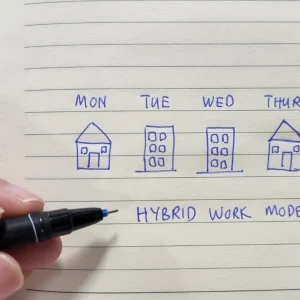Our interaction with everyday objects, like chairs, mattresses or fridges, is very much behind in today’s connected world. Although designs and devices have evolved over the past decades, the inertness of many objects is still the same as 50 years ago.
But a world where objects communicate with us and each other is becoming ever more possible. A world where your house knows your habits, your car knows where to drive you and your medicine reminds you to take a pill.
Some of this idea has been around for years. But now that the technology which embeds intelligence into things has become more affordable, a generation of wearable devices, apps and sensors that respond to our individual needs in real time is about to kick off.
And not only will they respond to our needs, but they’ll also have a digital identity in the near future, according to David Evans, Cisco’s chief futurist.
At the inaugural Internet of things World Forum in Barcelona, he said: "We tend to think of social networks as things by and for people, but I submit in the coming years we will see more social networks by and for things. A building might tweet when there’s an emergency or a car may tweet when it needs a tune up. Your home may tweet when you’ve got a leak somewhere.
"As things start tweeting and feeding social media sites like Twitter, Facebook and Youtube, and then it’s no longer about the sentiment about what’s there now, it’s also predictive analytics. So you’ve got a certain amount of data, can you extract it based on what you’re seeing and perhaps you can start predicting things like the outcome on an election, market fluctations, that becomes very interesting."






